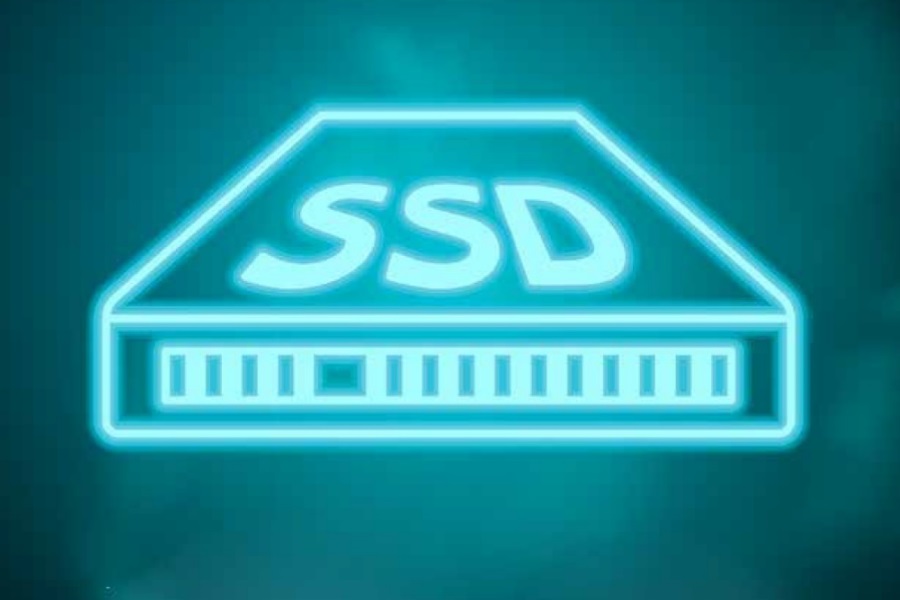Over the last few years storage technology has made the choice between a Solid State Drive (SSD) and a Hard Disk Drive (HDD) a matter of considerable debate for experts and consumers. Both essentially do the same job but in very different ways. They boot your computer system, store applications and files but the choice may come down to a number of different factors with advantages and disadvantages of both.
Speed
In terms of speed, SSDs have always been much faster than hard disc drives. A PC with SSD will boot in less than a minute and often in just seconds, launch and run apps faster and files will transfer quicker. They deliver faster load times for games and movies. A hard drive requires time to speed up to operating specs, and it will continue to be slower than an SSD during normal use.
Most of the latest drives can achieve speeds of 7,200 RPM, although some can extend up to 10,000 RPM.
With HDDs, the speed of the drive is dependent on the revolutions per minute. Most of the latest drives can achieve speeds of 7,200 RPM, although some can extend up to 10,000 RPM but are more expensive as a result. Speeds are measured in MB/s (megabytes per second) for both data read and write. For HDDs, the speed at which the platters spin help to determine the read/write times. Dependent on the optimisation of the SSD, speeds can be anywhere between 4 to 10 times faster. Indeed, HDDs can also suffer from fragmentation where the disc becomes crowded with data and files are stored in different locations rather than in a contiguous space. This can occur through creating, deleting and modifying files frequently and although invisible to the user, it can slow down the speed at which data is accessed. When fragmentation occurs, the OS needs to consolidate stored files to enhance processing efficiency. Fragmentation is not an issue for SSDs because the lack of a physical read head means data can be stored anywhere without penalty. Thus, SSDs are inherently faster, although it’s said to be possible that they may ware out over time and have a limited life span. However, most opinions seem to indicate that for the vast majority of users this has no significance. Obsolescence in terms of storage space is more likely.
In an attempt to maximise the benefits of both, SSHDs have been brought to market. They come with an extra cache of SSD NAND memory.
Capacity and price
One of the major advantages of an HDD is that it can store lots more data and more cheaply. SSDs are more expensive than hard drives in terms of pound per gigabyte. However, over time, SSDs have come down in price and this trend is likely to continue. Even for a laptop hard drive 1 TeraByte of storage is not unusual. So, if storage and back up of data is more important than speed, HDDs still have much to offer for storing large amounts of files, photos, video or games. Gamers for instance or users with large amounts of content require a lot of storage, although an external hard drive is always an option. HDD capacities can range from 40GB up to 12TB for commercial use or for servers and NAS devices where a lot of space is required.
Whilst it’s now possible to get SSDs with terrabytes of storage, they come with a hefty price tag. Of course, it’s good practice to maybe store data on several different drives, so that if one does fail, the user isn’t faced with a complete loss of data.
Robustness, noise, power and form factor
HDDs are more prone to physical damage that SSDs due to their mechanical parts. As the name suggests SSDs have no moving parts and are more likely to withstand the robustness expected from a mobile device. If noise is a consideration, then SSDs are silent whist even the quietest of hard drives will emit some noise when in use. SSDs are also more efficient when it comes to power usage – lower electricity costs for desktops and servers and even longer battery life for laptops.
Because HDDs rely on spinning platters, there is a limitation on their size. SSDs aren’t restricted to a 3.5 or 2.5 inch form factor and can come in a variety of shapes and sizes. For instance, they can also be installed in a PCI Express expansion slot or in the case of a NVMe (non-Volatile Memory) SSD can be plugged directly into the motherboard – a form factor known as M2 and a configuration that’s now common in high end laptops and all-in-ones. Smaller SSDs built for M.2 or PCIe are becoming more commonplace. Moreover, NVMe SSDs are the new trend in PC storage, and they’re a great option to maximize power and speed.
Hybrid
In an attempt to maximise the benefits of both, SSHDs have been brought to market. Available as 2.5 or 3.5 inch HDD options, they come with an extra cache of SSD NAND memory. These drives are simply traditional hard drives, adding a small capacity solid state drive to the drive’s controller that behaves like an additional cache for frequently used files. This enables files to be accessed more quickly because they are stored in the solid-state drive rather than the physical hard drive. Performance may depend on how the computer is used but these are generally a little more expensive than a traditional HHD but less so than a SSD.
Whether SSDs have won the technology battle remains to be seen. If your customers want lots of storage capacity, at a lower cost and speed isn’t the essence than an HDD is probably the solution. On the other hand, for the extra performance, a diminishing price difference and an increasing storage capacity for an SSD may well be the deciding factor.
The good news is that Exertis can satisfy either requirement. Speak to an expert today to find out more.

